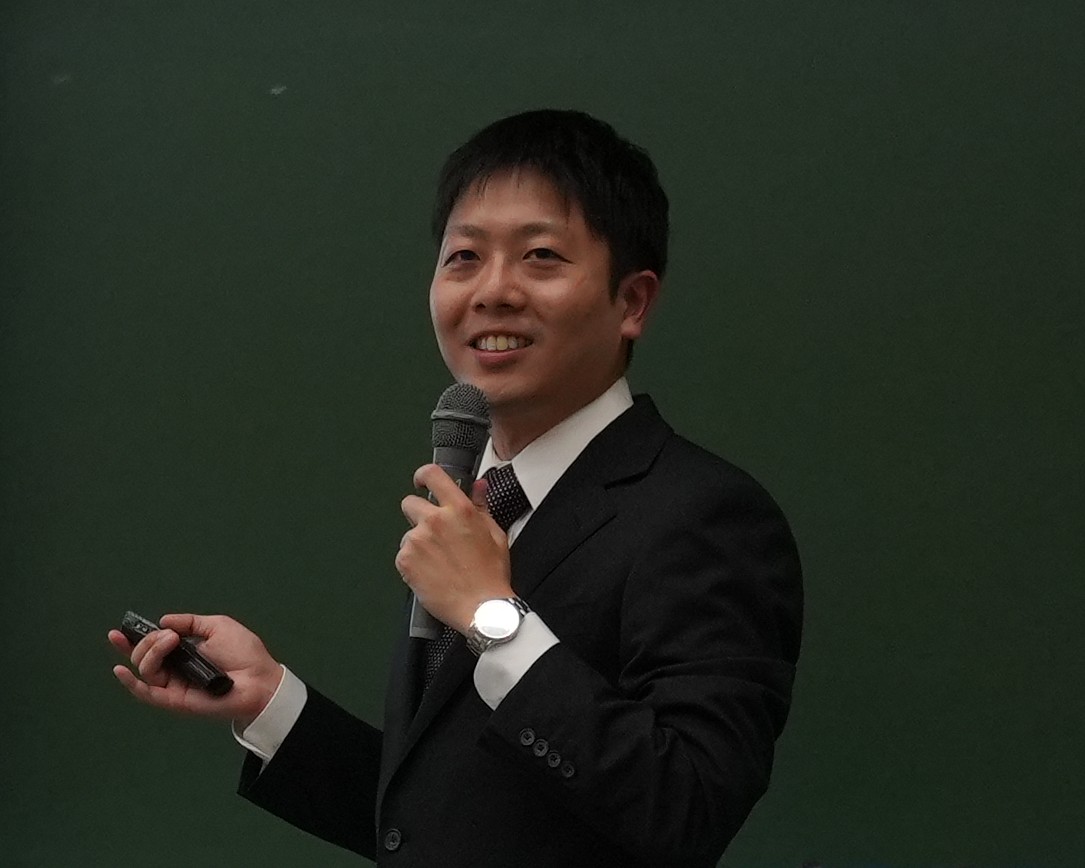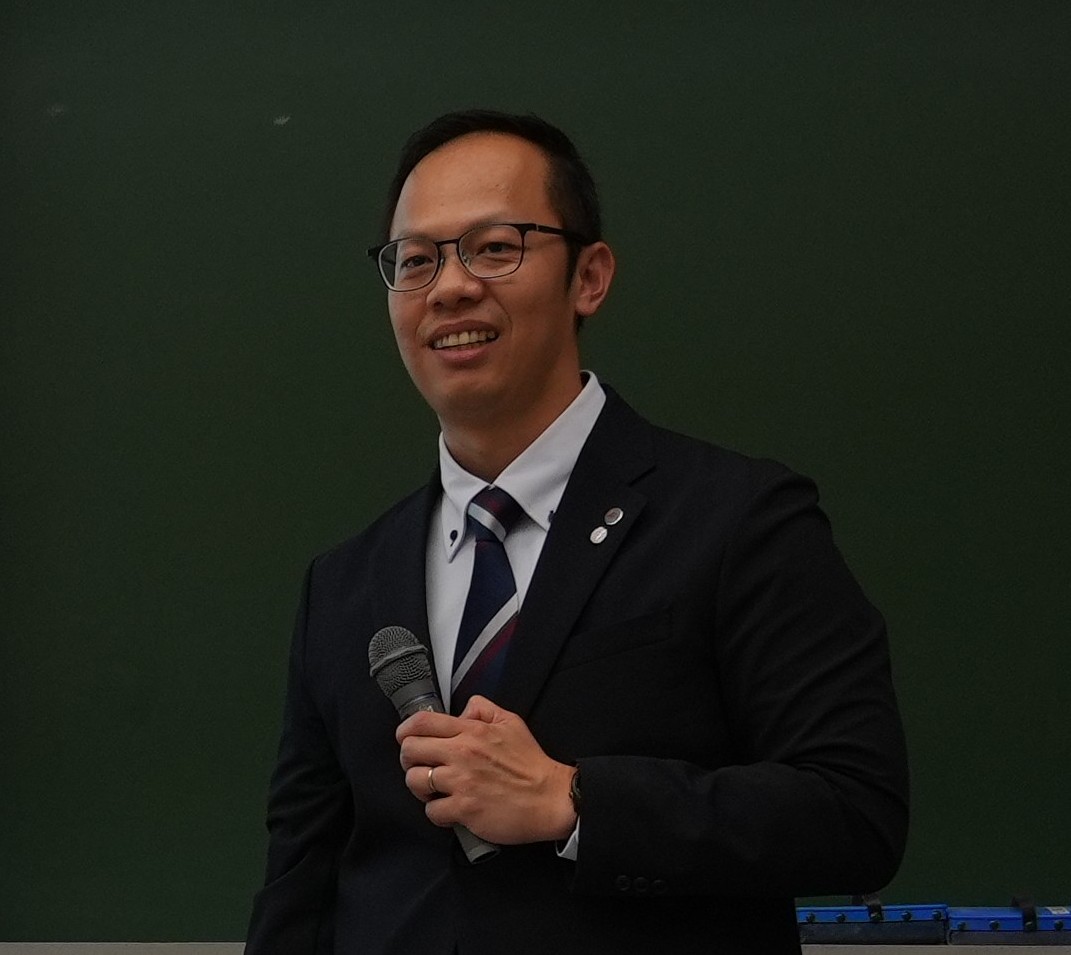Events & News
The 22nd Umesono Prize Ceremony
Assistant Professor Takunori Minegishi (Laboratory of Systems Neurobiology and Medicine) and Chek Min Fey (Laboratory of Environmental Microbiology) received the 22nd Umesono Prize. The 22nd Umesono Prize Ceremony was held on September 25, 2025, at the Biological Science Seminar Hall (L11), with many faculty members and students in attendance to honor the prize recipients.
The Umesono Prize has been awarded annually since 2004 to young researchers in Graduate School (Division) of Biological Sciences at NAIST who have made significant contributions to the biological sciences during their time at the institute. The prize is awarded to young researchers with a bright future to follow in the footsteps of Dr. Umesono who enriched us with his personal and intellectual generosity. His spirit continues to inspire us and light our way. The award is primarily based on the originality and academic value of a paper which the awardee wrote as a first author.

Assistant Professor Takunori Minegishi

Research Title
Mechanical signaling through plasma membrane tension underlying neuronal migration
Abstract:
Neurons migrate in a saltatory manner by repeating two distinct steps: extension of the leading process and translocation of the cell body. The extension of the leading process is driven by traction force generated at the growth cone at its tip. On the other hand, the translocation of the cell body is driven by actomyosin contractile force activated through Ca2+ signaling. However, the link between the leading process extension and subsequent cell body translocation remains unknown. By using scanning ion conductance microscopy, we show that leading process extension increases plasma membrane tension. The tension elevation activated the mechanosensitive ion channels and triggered Ca2+ influx, leading to actomyosin activation at the rear of the cell. Blockade of this signaling pathway disturbed cell body translocation, thereby inhibiting neuronal migration in three-dimensional environments. Thus, mechanical signaling through plasma membrane tension and mechano-channels links the leading process extension to cell body translocation, allowing rapid and saltatory neuronal migration.
Assistant Professor Chek Min Fey

Research Title
STRUCTURAL INSIGHTS INTO THE CATALYTIC MECHANISM AND FUNCTIONAL REGIONS OF PHA SYNTHASE
Abstract:
As pollution from single-use petrochemical plastics worsens and global warming intensifies, the need for sustainable alternatives has become urgent. Polyhydroxyalkanoates (PHAs) are promising biodegradable plastics produced from renewable carbon sources like plant oils, with properties comparable to conventional plastics. Their biosynthesis is catalyzed by PHA synthase (PhaC), which polymerizes substrates such as 3-hydroxybutyryl-CoA into high molecular weight polymers, releasing CoA. Despite its industrial importance, especially in producing copolymers like P(3HB-co-3HHx), the catalytic mechanism of PhaC remains poorly understood, limiting efforts to optimize PHA production. This study presents full-length crystal structures of Aeromonas caviae PhaC, an industrially relevant enzyme, in three states: apo (PDB: 9KNK), glycerol-bound (9KNJ), and triethylene glycol-bound forms (9KNL). For the first time, these structures revealed a novel product release pathway and dimerization mediated by the N-terminal domain. Previously, our group also determined the structures of the free and CoA-bound forms of the C-terminal domain of Chromobacterium sp. USM2 PhaC. The intermediate complex revealed a key structural element, the dynamic LID region, undergoes rearrangement to regulate substrate entry. In the CoA-bound heterodimer, one protomer adopts an open conformation while the other remains closed, demonstrating substrate accommodation through asymmetric dimerization. Together, these structures identify three critical regions in PHA polymerization: substrate entry, catalytic pocket, and product egress. This work advances our understanding of PhaC catalysis and provides a foundation for engineering broader substrate specificity.
(September 26, 2025)
